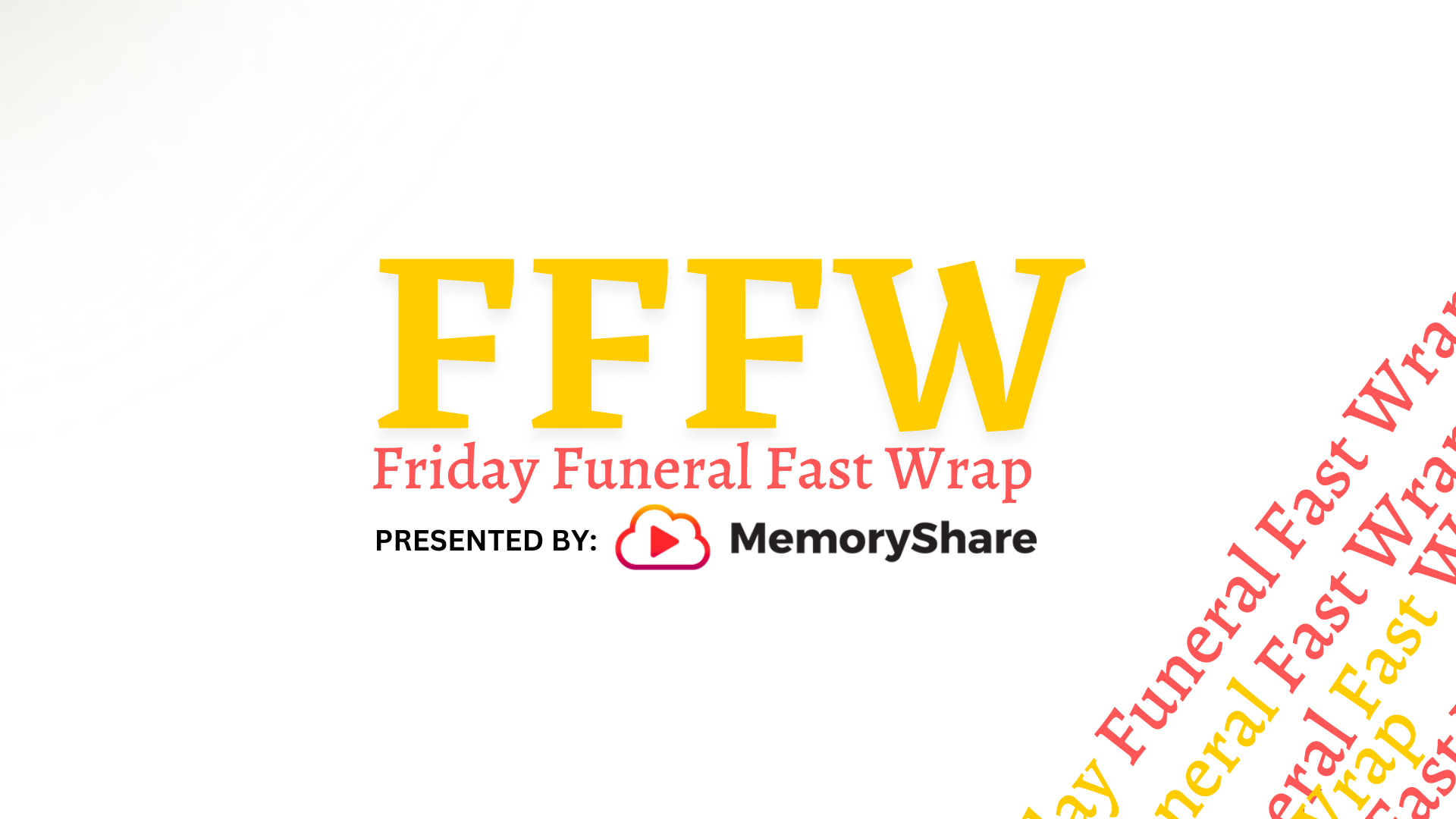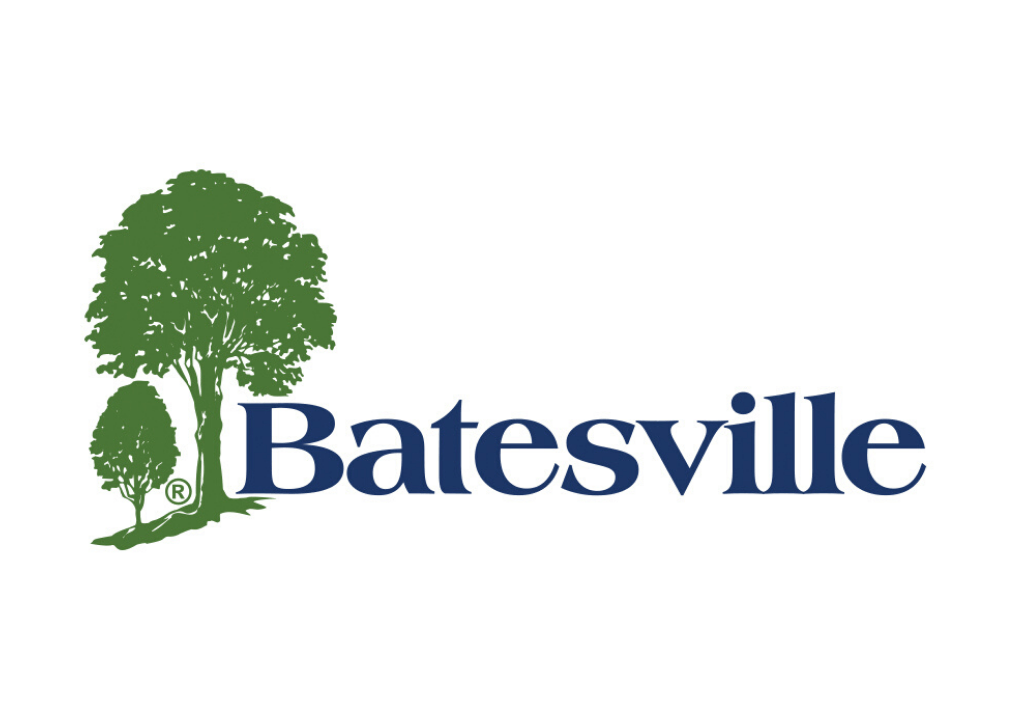Examining the Numbers in the Connecting Directors Survey
Article Originally Appeared in the Memorial Business Journal
Editor’s note: As part of our analysis this week of the Connecting Directors Funeral Directors Survey, we will also be drawing comparisons to other recent surveys, including the 2011 NFDA Business Issues Report and the 2012 NFDA Awareness and Preferences Survey.
Zanesville, Ohio – In the past year, only 25 percent of those respondents to the recent Funeral Service Survey by Connecting Directors reported that their local or state government had increased the regulation of funeral service. Of note, the survey also found that nearly 60 percent of those respondents (58.4 percent) said that at some point, their firm had been inspected by a regulatory agency.
Looking at the costs associated with the inspections, 60.2 percent believe that they pay up to $2,000 a year to comply with local and state regulations. Keeping in mind that of the survey’s 631 participants, 71.2 percent (454) are funeral directors (with the remaining nearly 29 percent comprising vendors, suppliers and support groups), 25.1 percent said no further regulation of the profession is required. However, most of respondents, 44.5 percent, said more regulation is required in “other” areas, and according to Connecting Directors, there was no real pattern for those responses, other than they covered mostly local concerns.
When asked to calculate where the funeral homes calls come from, it didn’t seem as if many funeral homes were getting the bang for their advertising buck, but rather calls seemed to come from second services from families served in the past. While that trend is certainly predictable, the lack of advertising success seemed significant. When asked specifically what percentage of annual calls/services comes from advertising efforts, only 0.4 percent said advertising accounted for greater than 60 percent of the firms’ business, 3.9 percent said advertising accounted for about 40-60 percent of calls, 13.9 percent said between 25 and 40 percent of calls, 24.7 percent said about 20 percent of calls and 57.1 percent said advertising accounted for less than 20 percent of calls.
The survey also suggested that reception areas are becoming an area of increasing importance for the funeral home, as 40.4 percent said they do have a room/area specifically designed to hold events and receptions. Most of those who have an event area (55.9 percent) have a separate entrance to the area, which opens up the possibility of renting the space for nonfuneral-related events. Of respondents who said they did have event rooms, three-quarters (74.5 percent) said their event room can accommodate between 51 and 200 people; 19.6 said less than 50 and 5.9 percent between 201 and 500.
Looking at consumer attitudes, the survey asked, “Do you feel consumer attitudes and behaviors have changed since you have been a funeral director?” 82.6 percent said they had, while a curious 17.4 percent said no. The number of “no” votes was higher than expected, considering the age of respondents – the 51- to 60-year-old and 41- to 50-year-old brackets combined for 55.5 percent of respondents (27.9 percent and 27.6 percent, respectively); 21.2 percent were between ages 30 and 40; 10 percent were between ages 61 and 66; 8.6 percent were 29 and under; and 4.7 percent were 67 and over. One must also consider how long the respondents have held their license. The Connecting Directors survey demographics found that 56.5 percent of respondents have held their funeral service license for 25 years or less. Nearly 20 percent (19.2 percent) have held a funeral service license for five years or less, while 15.6 percent have been licensed for 6 to 10 years; 8.6 percent for 11 to 15 years and 13.1 percent for 16 to 20 years.
The most common answers to the survey question, “In what three ways have consumer attitudes and behavior changed?” were cremation, economy/spending less, less loyalty, less religion/tradition and price shopping.
When asked if it is important for the survivors to view the body of the deceased, 92.4 percent responded in the affirmative. Further, 90.5 percent of respondents said that the main reason to do so was “acceptance/closure.”
The survey then asked the 7.6 percent of funeral directors who do not feel that viewing the body is important, “If you feel it is not important for the family to view the body, what are the top three reasons for feeling this way?” The most common responses were “it’s their choice, not mine,” “it’s valuable but not required,” “religion,” “better to remember them alive” and “already said goodbye at the hospital.”
In the 2012 National Funeral Directors Association survey of consumer attitudes about funeral service, the most important items that 26.9 percent of respondents wanted included in their own funeral were personalized music, flowers, photos or videos. Respondents also wanted a personalized service, ceremony or tribute (19.5 percent); casket/burial/viewing (13 percent); religious service (11.6 percent); a specific setting – funeral home or location (11.5 percent); and cremation (10.7 percent). Less than half of 1 percent of respondents would opt for donating their body to science.
The Connecting Directors survey also asked funeral directors their opinions on recent mortuary science school graduates. When asked how well prepared they felt recently graduated funeral directors are when hired, 50.8 percent said “they require more training than in the past,” while 49.2 percent said they require about the same amount of training.
Respondents also had a negative outlook on the work ethic of new grads, with 66.2 percent saying they have a worse work ethic than in the past and 29.2 saying they have an average work ethic; only 4.6 percent said they have a better work ethic.
The survey also found that 57.8 percent of respondents believe new grads require more supervision than in the past, with 40.6 saying about the same. Only 1.6 percent said less than in the past.
When asked the two biggest challenges of working with a recent grad, 39.8 percent of respondents said “lack of skills/education,” 27.2 percent said “attitude/sense of entitlement” and another 27.2 percent said “not motivated/don’t want to work.”
Turning to compensation, 46.9 percent of managers feel they are adequately paid, and an additional 18.8 percent said they feel they are well paid. More than a third, 34.4 percent, said they feel they are underpaid.
The survey also found that funeral homes are becoming more tech savvy and comfortable with social media. Just 3.8 percent of those surveyed do not have a funeral home website. Looking at social media, more funeral directors are embracing Facebook but are slower in coming around to Twitter. The survey found that 60.3 percent have a Facebook page, while only 22.3 percent have a Twitter account.
Respondents were split on the topic of grief support, as 53.6 do offer some form of support. The majority of those who do offer grief support do so with an in-house program, 35.8 percent by referral to others, 24.4 percent online, 22 percent send to hospice and 18.7 percent said “other.”
As for community involvement, the respondents were split 50-50. Of respondents who do offer community programs, 44.4 percent offer advance planning/preneed counseling and 24.6 percent discuss hospice.
The complete Connecting Directors Funeral Directors Survey results can be found at http://connectingdirectors.com/fsp-survey-results. The NFDA Consumer Awareness and Preferences Survey report can be found in the August 2012 edition of The Director. Data cited from Connecting Directors survey are used by permission




